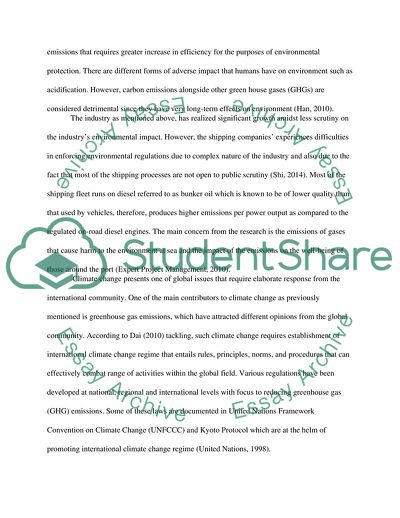Cite this document
(Regulation of Industrial Carbon Emissions Case Study Example | Topics and Well Written Essays - 2250 words - 1, n.d.)
Regulation of Industrial Carbon Emissions Case Study Example | Topics and Well Written Essays - 2250 words - 1. https://studentshare.org/environmental-studies/1849172-research-skills
Regulation of Industrial Carbon Emissions Case Study Example | Topics and Well Written Essays - 2250 words - 1. https://studentshare.org/environmental-studies/1849172-research-skills
(Regulation of Industrial Carbon Emissions Case Study Example | Topics and Well Written Essays - 2250 Words - 1)
Regulation of Industrial Carbon Emissions Case Study Example | Topics and Well Written Essays - 2250 Words - 1. https://studentshare.org/environmental-studies/1849172-research-skills.
Regulation of Industrial Carbon Emissions Case Study Example | Topics and Well Written Essays - 2250 Words - 1. https://studentshare.org/environmental-studies/1849172-research-skills.
“Regulation of Industrial Carbon Emissions Case Study Example | Topics and Well Written Essays - 2250 Words - 1”. https://studentshare.org/environmental-studies/1849172-research-skills.


